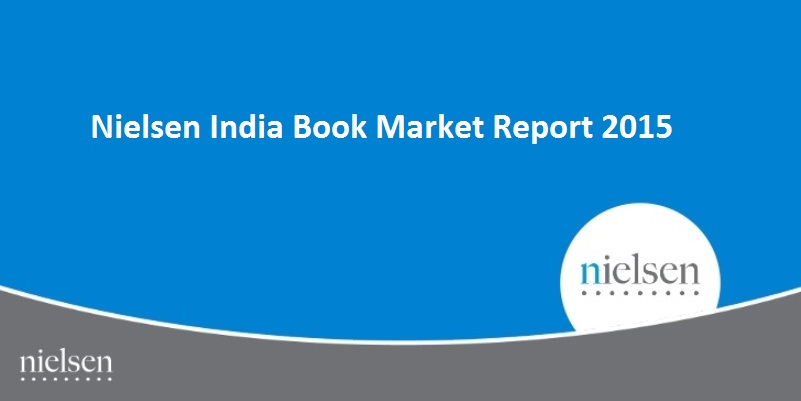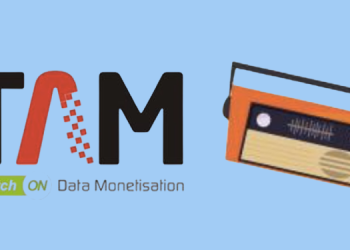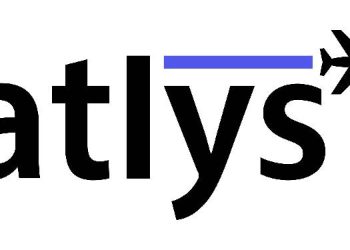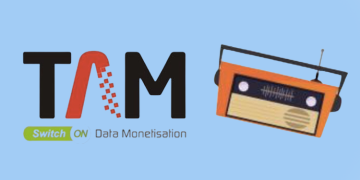India’s book market, currently worth Rs 261 billion making it the sixth largest in the world and the second largest of the English language ones, is expected to touch Rs 739 billion by 2020, says a survey.
“Nielsen India Book Market Report 2015: Understanding the India Book Market” was conducted in association with Association of Publishers in India (API) and the Federation of Indian Publishers (FPI) to evaluate the opportunities and challenges facing the industry, as well as where where its future lies.
The study estimates a CAGR (compound annual growth rate) of 19.3 per cent for the industry in the next five years. However, the Indian book industry receives no direct investment from the government – “a serious roadblock for publishers,” the report says.
Other challenges include the fragmented nature of publishing and bookselling, a tortuous distribution system; long credit cycles that make it difficult to manage cash flows, and increases in direct costs. Piracy is widespread, with virtually every street in the country home to stalls selling pirated texts.
The report, among other interesting facts, also highlights that India is the second largest English-language print book publisher in the world with over 9000 publishers. More than 70 per cent of publishers in India have digitised their content to produce e-book versions – smartphones and e-readers offer consumers opportunities to access digital content.
Further, books have emerged as an instrumental category for e-commerce business, accounting for 15 per cent of the overall e-commerce trade, just trailing behind electronics (34 per cent) and apparel and accessories (30 per cent).
The study said that “general and literary fiction” was ranked the #1 genre in the trade books segment while “test prep” was the most sought after genre in Academic books.
A survey of 2,000 consumers, representative of the urban population aged 18+ during the study provides deep insights into changing consumer preference for books in India.
The consumer data survey shows that on average people read books 2.1 times a week while nearly two-thirds read the book occasionally; interestingly, 56 per cent of the respondents bought at least one e-book a year and nearly half of these bought at least 3-4 e-books a year indicating a growing demand for digital books.
Fifty-five per cent of trade sales are of books in English. Books in Hindi account for 35 per cent of Indian language sales, but the largest share of these sales is taken by “Others,” despite what the report identifies as a “highly disorganised” local publishing sector.
Here, both in trade and educational publishing, there is significant room for growth.
While the market is highly fragmented, it is also experiencing consolidation, in part as a result of the involvement of foreign multinationals – the government allows 100 per cent foreign direct investment.
This is not only in trade publishing, with the merger of Penguin and Random House and HarperCollins’ acquisition of Harlequin (all companies with substantial presences in India), but also in educational, with S Chand’s acquisition of Madhuban, Vikas Publishing House and Saraswati Book House, and with Laxmi Publications’ acquisition of Macmillan Higher Education.
President of API Vikas Gupta says about the report, “It report offers invaluable insights into the books market that will help not just the publishing industry but also the government and educators to make plans for a fully literate and educated nation.”
Vikrant Mathur, director of Nielsen Book India, adds, “There is enormous potential in the Indian book market which has been highlighted by the report, enabling publishers, booksellers and libraries to gain a deeper understanding of the market, pin-pointing areas that can be developed and those pinch points that need to be addressed in order to bring more efficiency and cost savings to the Indian book market and its supply chain.”

















